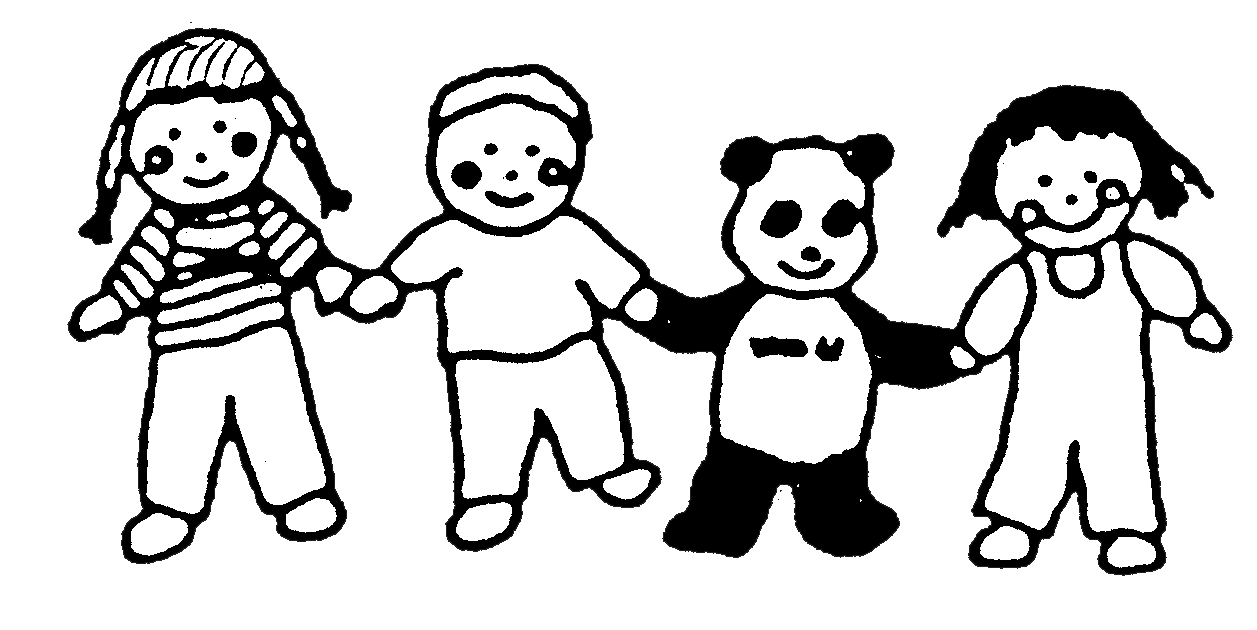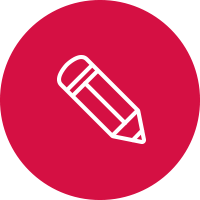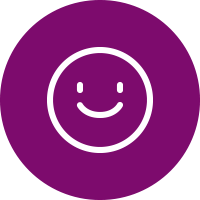
CLASSROOMS
What does a Wesley classroom look like?
All the classrooms have 5 different 'centers'. Special activities happen at each center:
In the circle area, the children are given many opportunities to share their thoughts, experiences, and questions. The teacher assists children in time concepts (months, weeks, and days), math concepts, accounting, sequencing, and the weather for the day. Unit info is shared with children through stories, pictures, hands-on objects, puppets, finger plays, magnetic or flannel board, and good child-initiated discussion. The children will find out the 'helpers' of the day. This provides for taking turns, being a leader, and taking responsibility. The children's names are printed and displayed to encourage name recognition.
Circle Area

Discovery Table
Each class has an area in their room called the discovery table. At this table, a child can explore on his or her own. Many items can be observed and a magnifying glass is always available. Children can explore seasonal ideas from nature, handle an assortment of keys and locks, or observe rocks under a magnifying glass. Also, they can experiment with magnets, kaleidoscopes, and sink/float containers. The discovery table changes as the children’s interests change or units change.

Manipulative Center
Each classroom has toys with small parts that require fine motor skills to assemble and disassemble them. Skill is involved to connect the various shapes and sizes of the toys. Some of our manipulative materials are Duplos, Legos, Constructs, Bristle Blocks, and puzzles. The fine motor skills used to do these activities will be needed at a later age to hold a pencil. Creativity is also fostered in the center. The children assemble the variety of toys to represent other items in their environment. The children are strengthening their small muscles will having a wonderful time using their imaginations!

Block Center
Blocks are among the most important toys of inventive nature available to children. By manipulating blocks, young children understand the meaning of size, shape, length, weight, volume, capacity, and balance. Children use blocks to symbolize other objects. Language development takes place as they talk amongst themselves about what they are building. Legos, cardboard bricks, and constructs are other building devices that have been added to the block center.

Family Life Center
This area is reserved for dresses, clothes, mirrors, stoves, refrigerators, sinks, baby beds, and a small table and chairs. The cupboards are full of dishes and cooking utensils. The chest and clothes rack has baby and dress-up clothes. Children practice social skills and communication as they work through some of their perceptions of what adults do. Fine motor skills are practiced as they play dress-up, use buttons, and use zippers.




